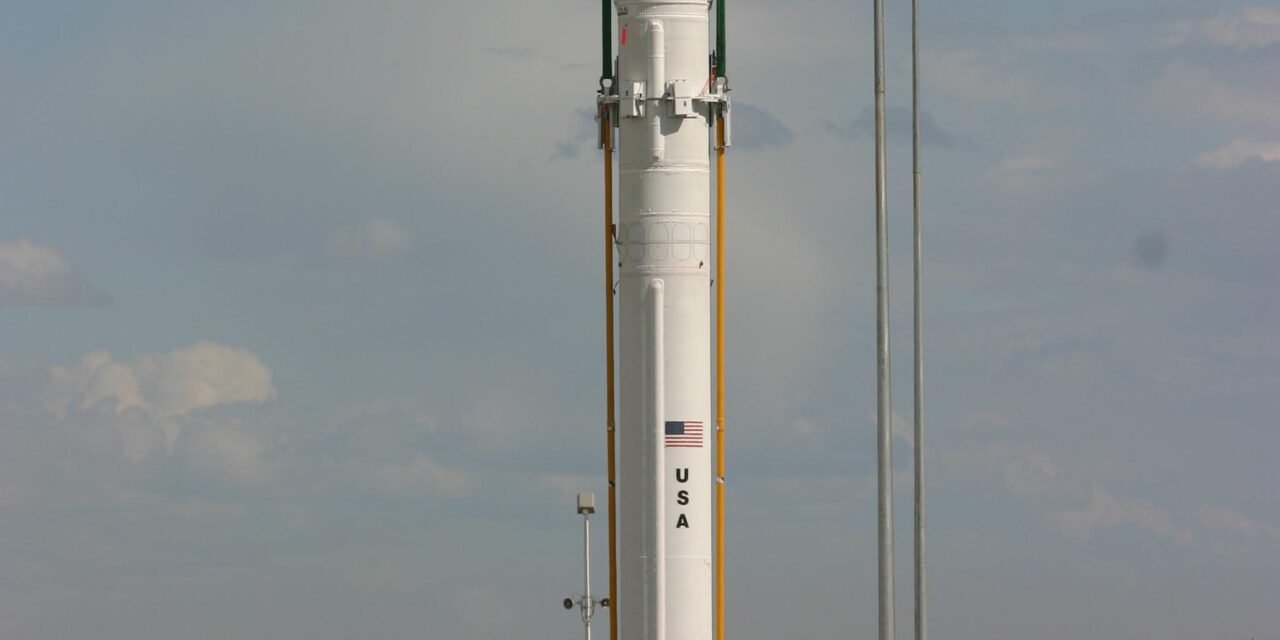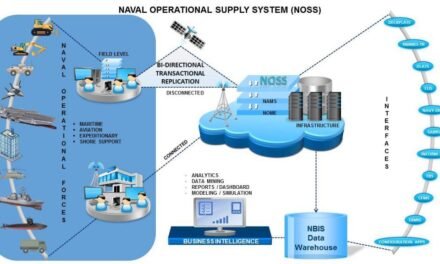Advancements in air defense systems, including anti-aircraft missiles and interceptors, have been driven by the need to address emerging aerial threats such as stealth aircraft, hypersonic missiles, drone swarms, and cruise missiles. Modern systems are designed for greater precision, faster response times, and the ability to counter diverse and sophisticated threats. Here are the key advancements in air defense systems.
1. Enhanced Detection and Tracking Capabilities
- Active Electronically Scanned Array (AESA) Radars:
- Enable faster target acquisition, improved resolution, and multi-target tracking.
- Resistant to jamming and capable of detecting low-observable (stealth) targets.
- Example: AN/SPY-6 radar used in Aegis systems.
- Multi-Spectral Sensors:
- Combine radar, infrared, and electro-optical sensors for enhanced target identification and tracking.
- Effective against low-signature threats like drones and stealth aircraft.
- Over-the-Horizon (OTH) Radars:
- Provide long-range detection of incoming threats, such as hypersonic missiles or cruise missiles.
2. Counter-Stealth Technologies
- Low-Frequency Radars:
- Detect and track stealth aircraft by exploiting their radar-absorbent materials’ limitations.
- Example: Russian Nebo-M radar system.
- Passive Detection Systems:
- Use signals from external sources (e.g., commercial broadcasts) to locate stealth targets without emitting radar signals.
- Example: Kolchuga passive detection system.
3. Multi-Layered Defense Systems
- Integration of Multiple Tiers:
- Modern air defense systems employ multi-layered architectures to address threats at different ranges and altitudes.
- Long-Range Systems: Target ballistic missiles, strategic bombers, and high-altitude threats.
- Example: S-400, THAAD.
- Medium-Range Systems: Counter cruise missiles, drones, and fighter jets.
- Example: Patriot PAC-3, Barak-8.
- Short-Range Systems: Protect against low-flying drones, rockets, and helicopters.
- Example: Iron Dome, Pantsir-S1.
- Redundancy:
- Overlapping coverage ensures no gaps in defense against simultaneous or complex attacks.
4. Advanced Interceptors
- Hit-to-Kill Technology:
- Interceptors destroy targets through kinetic energy, avoiding the use of explosive warheads.
- Example: THAAD (Terminal High Altitude Area Defense).
- Hypersonic Interceptors:
- Designed to counter hypersonic weapons with speeds exceeding Mach 5.
- Example: SM-6 interceptors capable of engaging hypersonic threats.
- Dual-Mode Interceptors:
- Combine radar and infrared guidance for greater accuracy in target engagement.
- Example: Patriot PAC-3 missiles.
5. Countering Hypersonic Threats
- Hypersonic Glide Vehicles (HGVs):
- Radars and interceptors are being enhanced to predict and counter the unpredictable trajectories of HGVs.
- Multi-Domain Tracking:
- Space-based sensors and ground-based radars coordinate to provide early warning and tracking of hypersonic threats.
- Example: Space-Based Infrared System (SBIRS).
6. Integration of Artificial Intelligence (AI)
- Threat Classification:
- AI algorithms analyze data from sensors to differentiate between decoys, real threats, and benign objects.
- Optimized Targeting:
- AI enhances the efficiency of resource allocation by prioritizing the most critical threats.
- Predictive Tracking:
- Machine learning models predict missile trajectories and guide interceptors with greater accuracy.
7. Drone and Swarm Defense
- Dedicated C-UAS Systems:
- Air defense systems now include capabilities to detect, track, and neutralize small, fast-moving drones.
- Example: Israel’s Iron Dome is being upgraded for anti-drone applications.
- Directed Energy Weapons (DEWs):
- High-energy lasers and microwave systems provide cost-effective defense against large-scale drone swarms.
- Example: Laser Weapon Systems (LaWS) on US Navy ships.
- AI-Driven Swarm Countermeasures:
- AI-powered systems track and engage multiple drones simultaneously, minimizing the risk of being overwhelmed.
8. Integration with Space-Based Assets
- Early Warning Systems:
- Satellites equipped with infrared sensors provide global coverage for missile launch detection.
- Example: SBIRS for ballistic missile early warning.
- Real-Time Data Sharing:
- Integration with space-based systems allows seamless communication between ground-based radars, airborne platforms, and interceptors.
9. Advanced Command and Control Systems
- Network-Centric Warfare:
- Integrated command systems enable real-time data sharing across land, sea, air, and space assets.
- Example: Aegis Combat System connects radars, ships, and interceptors for a coordinated defense.
- Automated Response:
- AI and machine learning enable near-instantaneous threat identification and engagement, reducing human decision-making delays.
10. Mobility and Rapid Deployment
- Mobile Air Defense Systems:
- Many modern systems are designed to be easily transportable and quickly deployed to contested areas.
- Example: S-400 and Patriot systems on mobile platforms.
- Man-Portable Air Defense Systems (MANPADS):
- Lightweight, portable systems allow infantry to defend against low-flying aircraft and drones.
- Example: Stinger missiles.
11. Directed Energy Weapons (DEWs)
- High-Energy Lasers:
- Provide precision targeting for drones, missiles, and artillery shells.
- Offer unlimited “ammunition” as long as power is available.
- Example: US Army’s Directed Energy-Maneuver Short-Range Air Defense (DE-MSHORAD).
- High-Powered Microwaves:
- Disrupt the electronics of incoming threats, rendering them inoperable without physical destruction.
12. Countering Ballistic Missiles
- Ballistic Missile Defense (BMD):
- Systems like THAAD and Aegis BMD are designed to intercept ballistic missiles during their midcourse or terminal phases.
- MIRV and Decoy Discrimination:
- Advanced radars and AI algorithms differentiate between real warheads and decoys deployed by Multiple Independently Targetable Reentry Vehicles (MIRVs).
13. Improved Survivability
- Hardening Against Jamming:
- Radars and communication systems are equipped with anti-jamming capabilities to ensure reliable operation in electronic warfare (EW) environments.
- Active Protection Systems:
- Mobile air defense platforms now feature protective measures against direct attacks, including counter-missiles and reactive armor.
14. Interoperability and Alliance Integration
- NATO Integrated Air and Missile Defense:
- NATO members share radar and interceptor data, creating a unified defense system across Europe.
- Regional Defense Cooperation:
- Systems like the US-Israel collaboration on David’s Sling enhance regional interoperability.
15. Cost-Effective Solutions
- Multi-Mission Systems:
- Modern air defense platforms are designed to counter diverse threats, reducing the need for separate systems.
- Example: Aegis Ashore can handle ballistic missiles, cruise missiles, and aircraft.
- Low-Cost Interceptors:
- Development of cost-effective interceptors to address inexpensive threats like drones and rockets.
Examples of Advanced Air Defense Systems
- S-400 (Russia):
- Multi-layered system capable of engaging aircraft, drones, and ballistic missiles.
- Patriot PAC-3 (USA):
- Advanced interception capabilities against cruise missiles and tactical ballistic missiles.
- Iron Dome (Israel):
- Specialized in intercepting short-range rockets and artillery shells.
- THAAD (USA):
- Designed for high-altitude interception of ballistic missiles.
- Aegis BMD (USA):
- Sea-based system integrated with SM-3 and SM-6 interceptors for ballistic and hypersonic threats.
Conclusion
Modern air defense systems incorporate cutting-edge technologies to counter a wide range of threats, including hypersonic weapons, drones, and stealth aircraft. By leveraging advancements in detection, tracking, interceptors, and AI integration, these systems provide multi-layered, adaptable, and highly effective protection against evolving aerial challenges. As technology continues to evolve, air defense systems will remain a vital component of national and global security strategies.
Hashtags
#AirDefenseSystems #ModernAirDefense #DefenseTechnology #AerospaceDefense #AntiAircraftMissiles #MissileDefenseTech #SurfaceToAirMissiles #AdvancedMissiles #MissileInterceptors #AirThreatNeutralization #IntegratedAirDefense #EarlyWarningSystems #BallisticMissileDefense #GlobalAirDefense #FutureOfAirDefense













